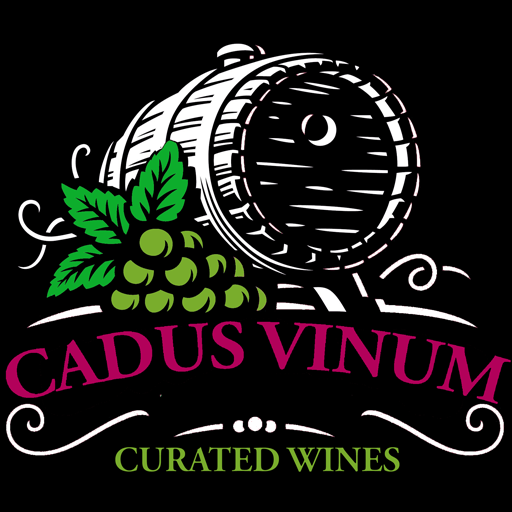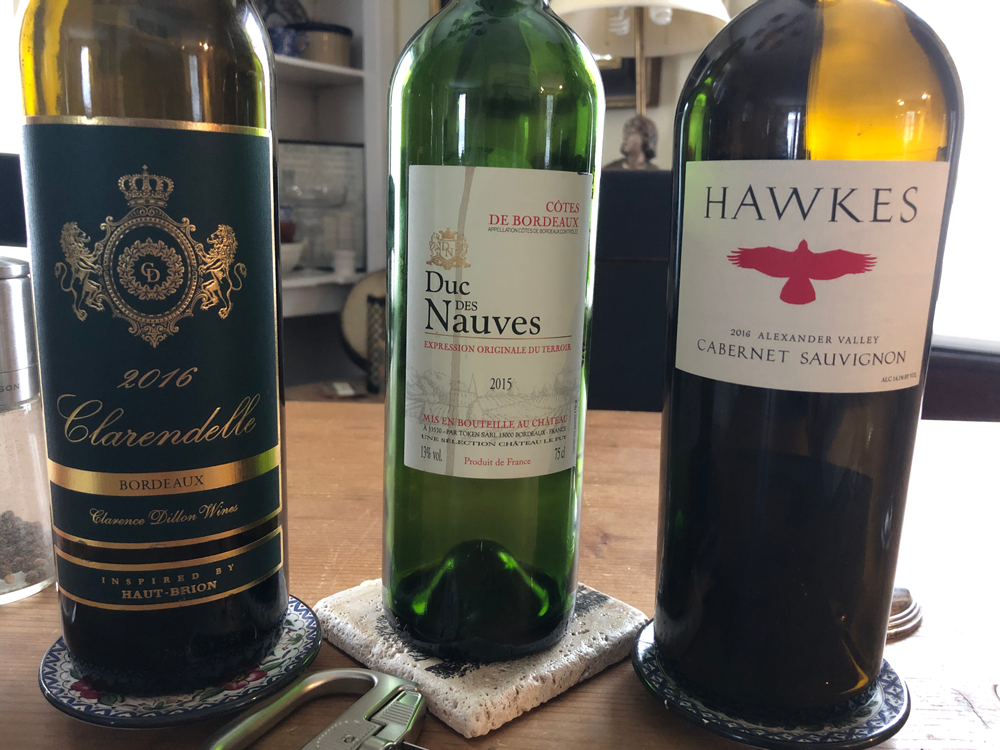I recently hosted a dinner and decided to serve three “bordeaux” style wines, two from the Bordeaux region and one from California, a Cabernet Sauvignon. The first wine I opened was the Clarendelle Bordeaux 2016, which consists of 84% Merlot, 10% Cabernet Sauvignon, and 6% Cabernet Franc. It was a pleasant wine overall, but nothing particularly stood out. I learned that Clarendelle purchases wines from their partner winemakers and blends them to create an everyday drinking wine. It seemed to be a wine made to simply go with the flow, lacking any surprises or excitement. I did not purchase this wine and likely never will. Although it has some “bordeaux” characteristics, it is not a memorable wine. $25.
For dinner, I wanted a more gastronomic wine to complement our grilled hanger steak with rosemary, so I chose the Hawkes Alexander Valley Cabernet 2016, 100% Cabernet Sauvignon. This wine boasts a plethora of dark fruit notes both in its aroma and on the palate, such as black cherry, vanilla, plum, and blackberry. It is bold and structured, showcasing the classic California Cabernet Sauvignon style. $80.
As we finished dinner and wanted another glass of wine, I sought out something that demonstrated terroir, finesse in winemaking, and was ready to drink. I decided on the certified biodynamic Duc de Nauves – Ch Le Puy 2015, which is composed of 70% Merlot, 20% Cabernet Franc, and 10% Cabernet Sauvignon. This 2015 vintage is outstanding, displaying the Le Puy bloodline in its terroir forward nose, velvety and balanced palate, and overall consistency. It exudes the agility and brilliance of the fantastic 2015 vintage, yet remains perfectly balanced and not overripe. It would be difficult to find a Bordeaux wine at this price point that offers more pleasure, life, and complexity. $30.

